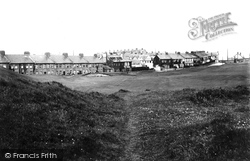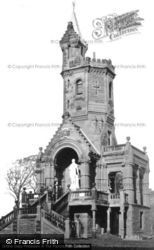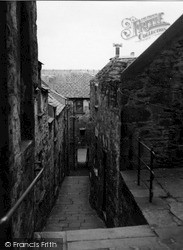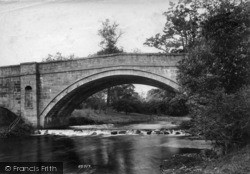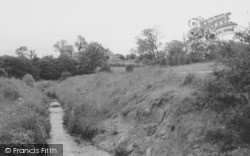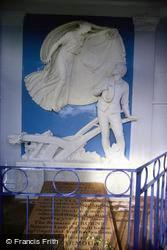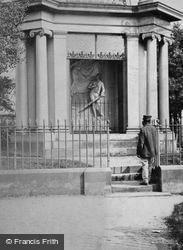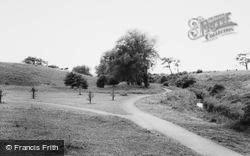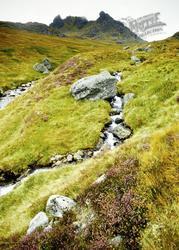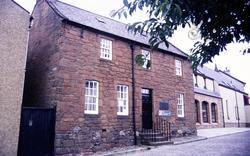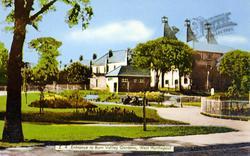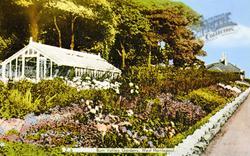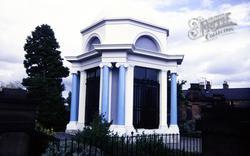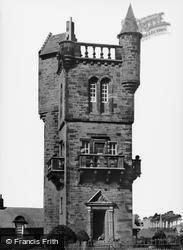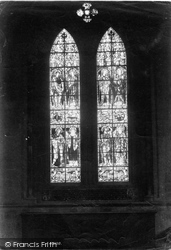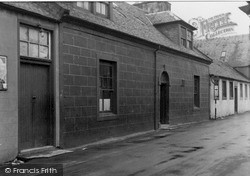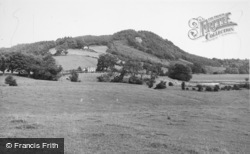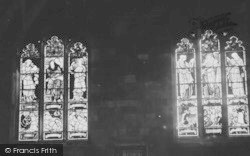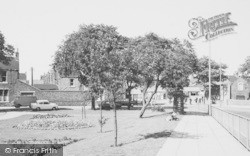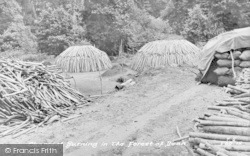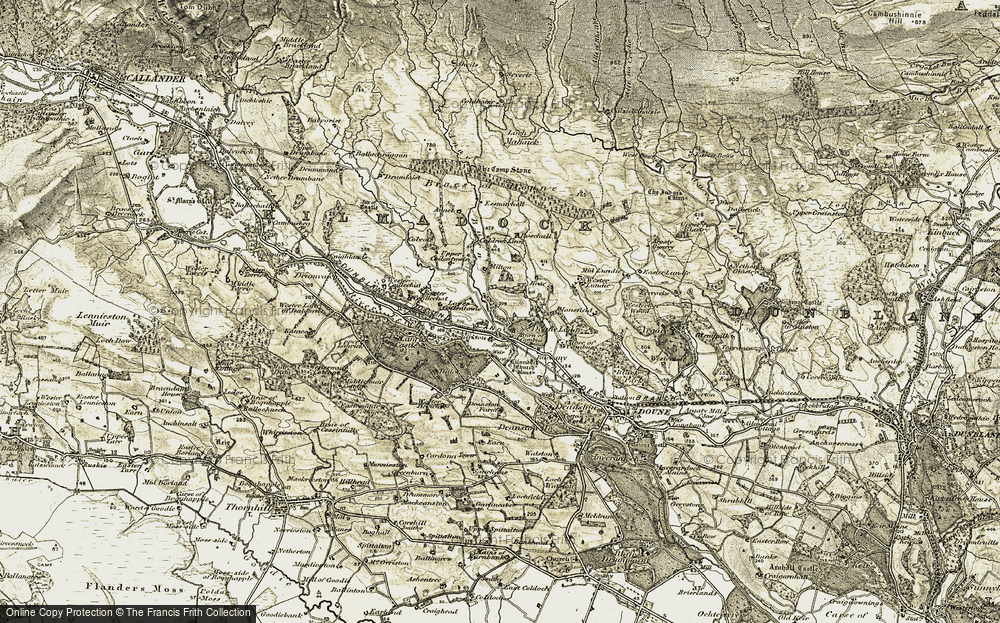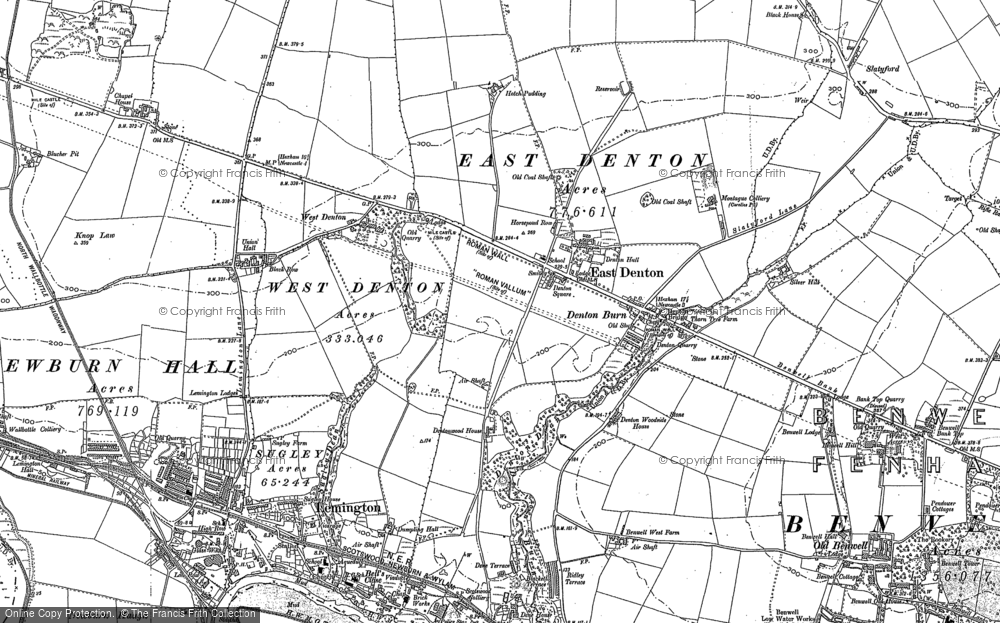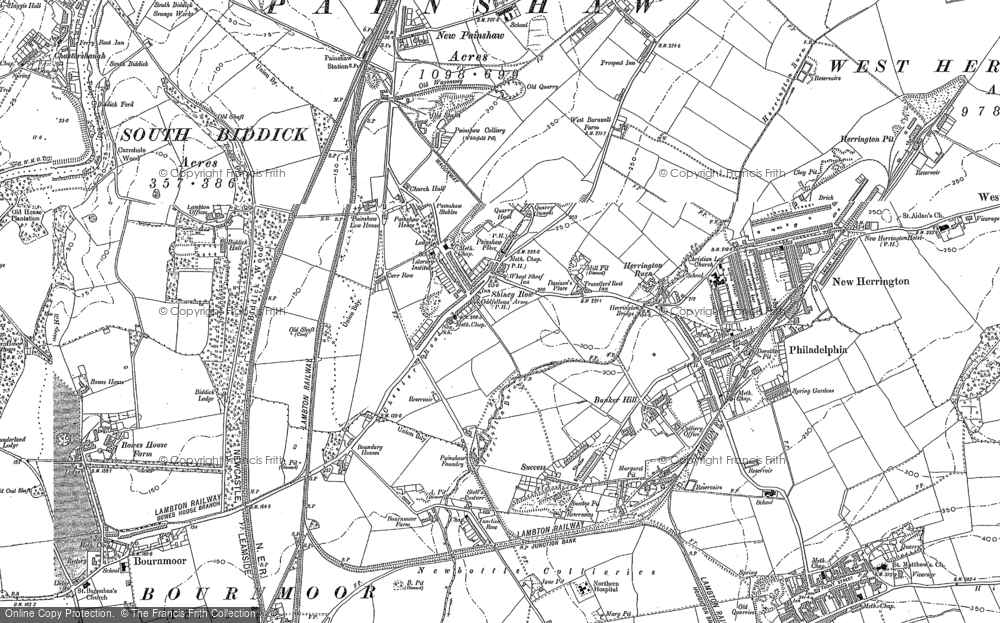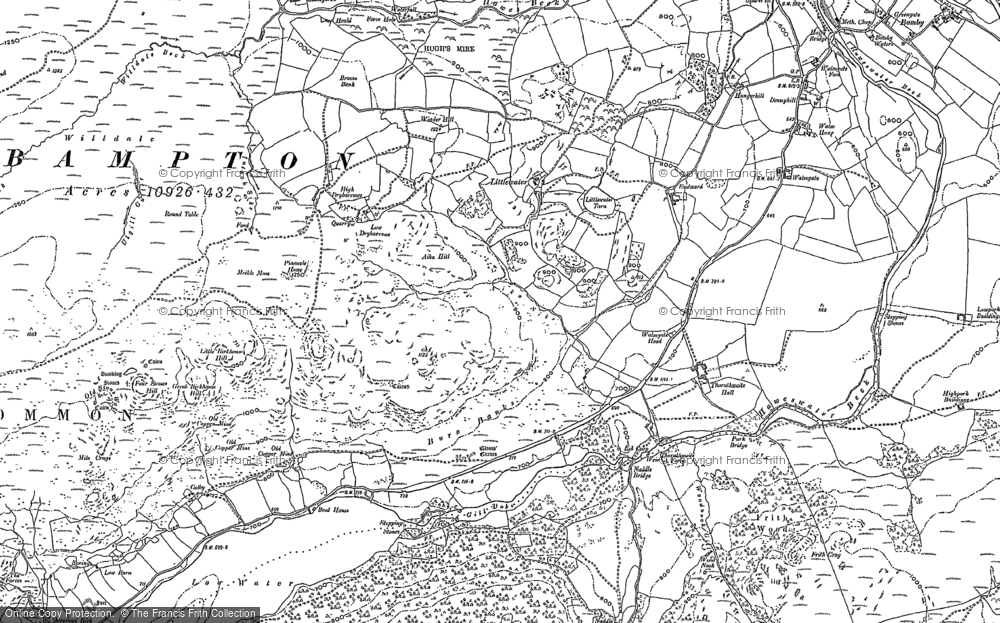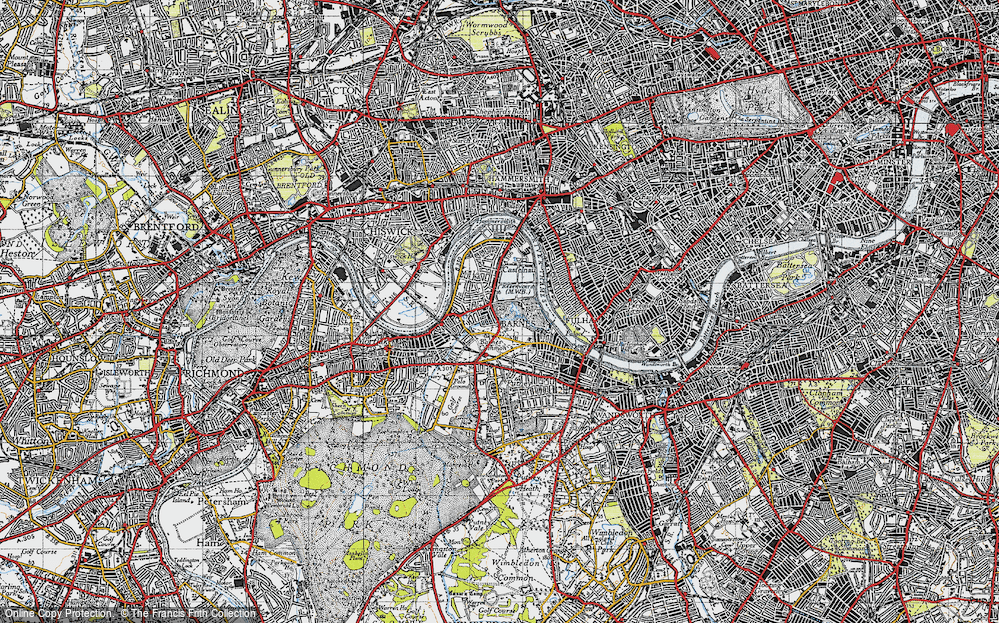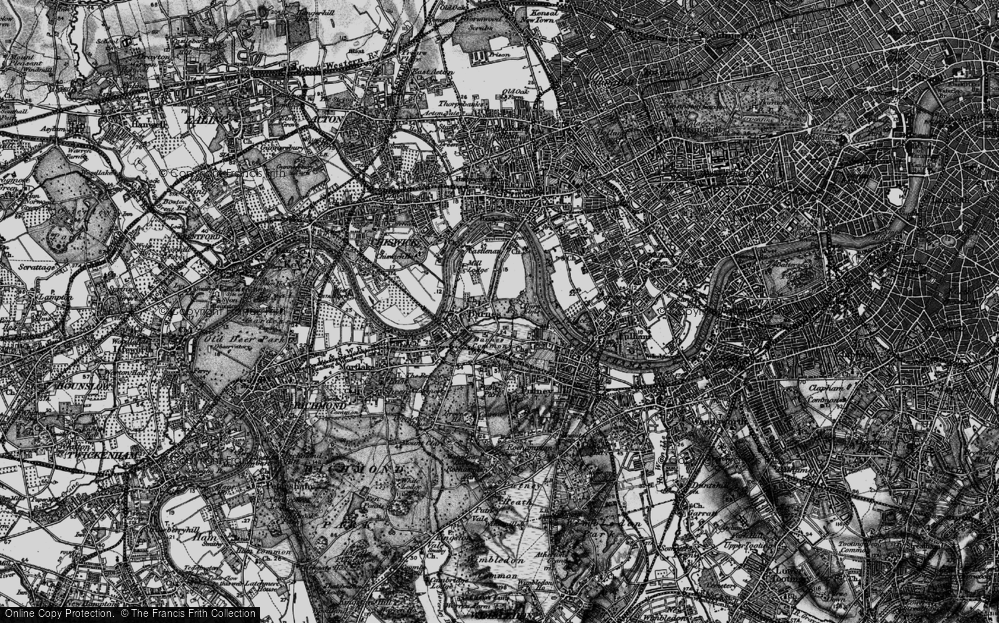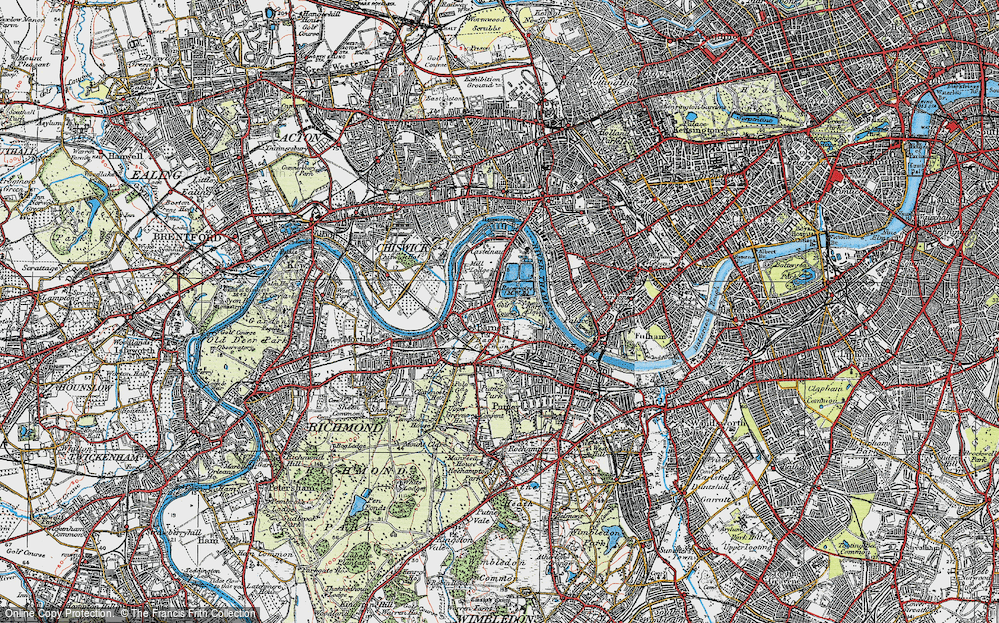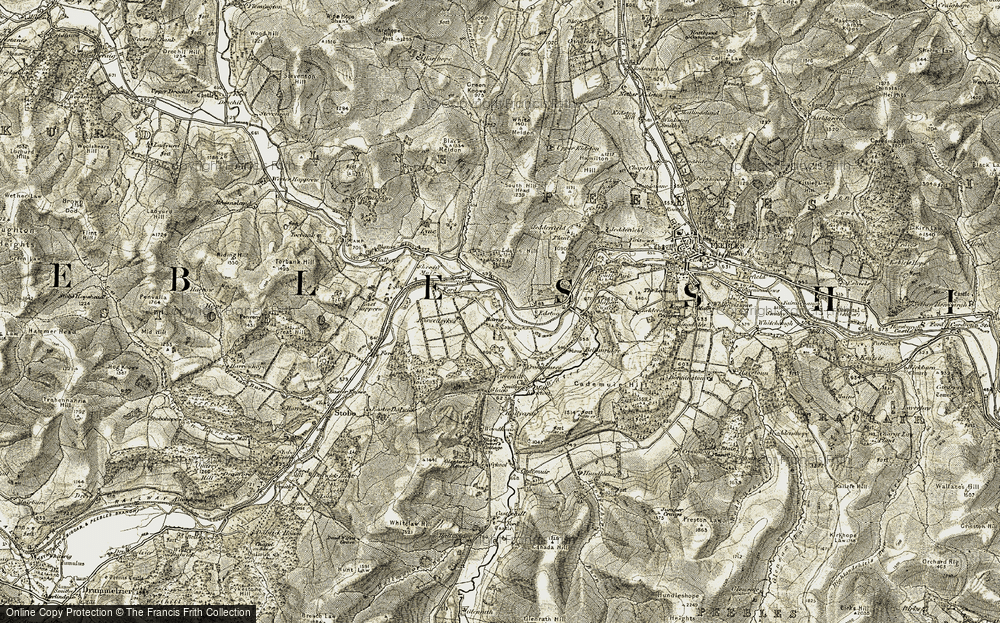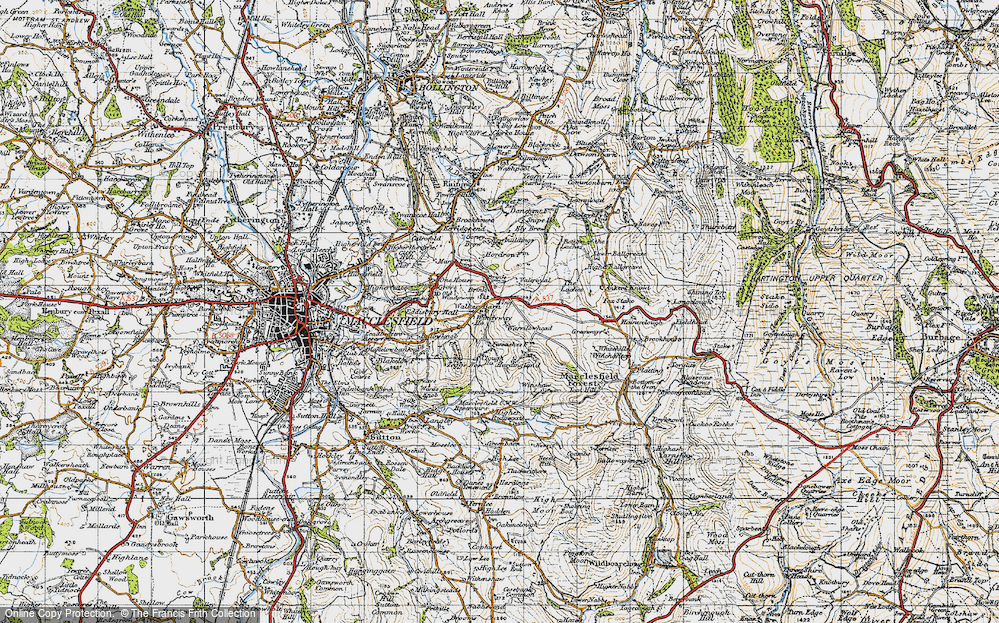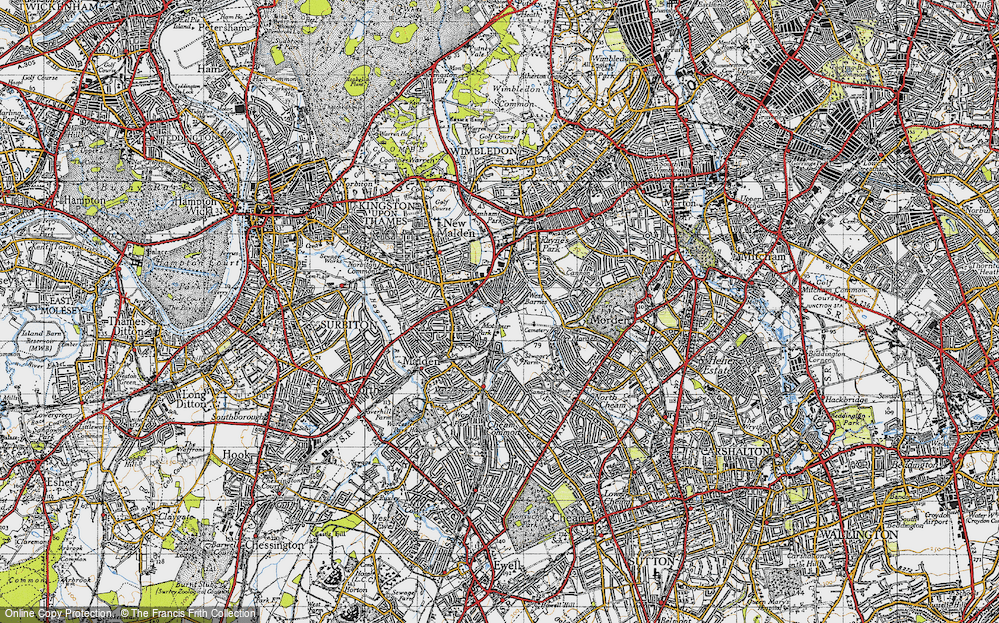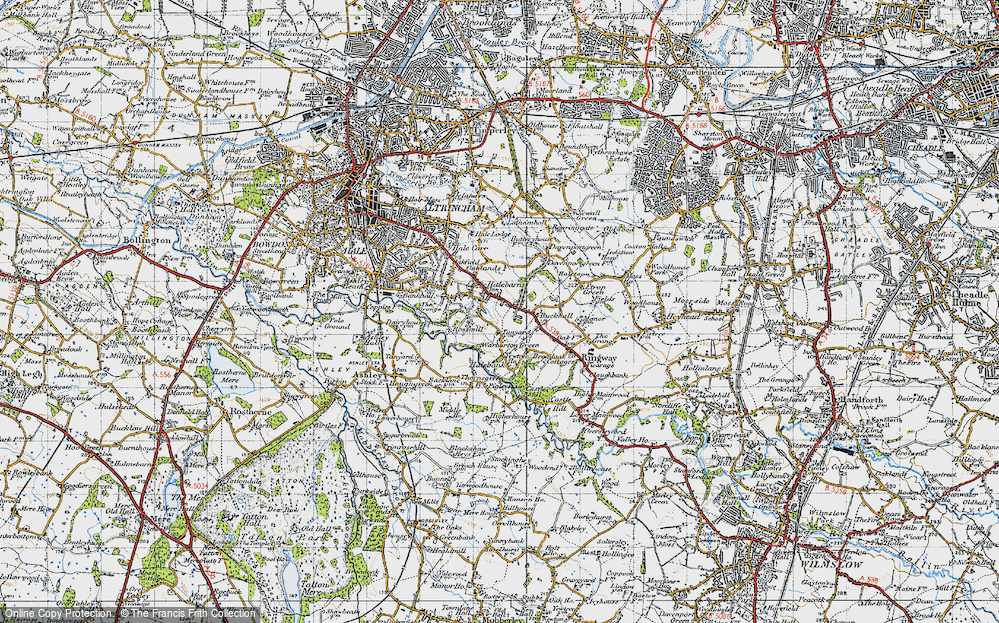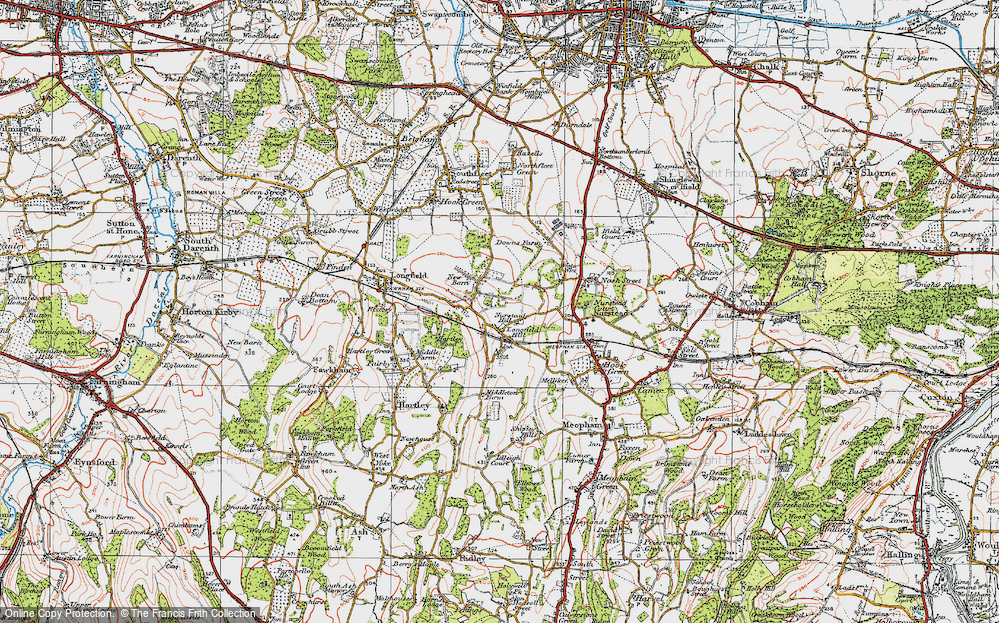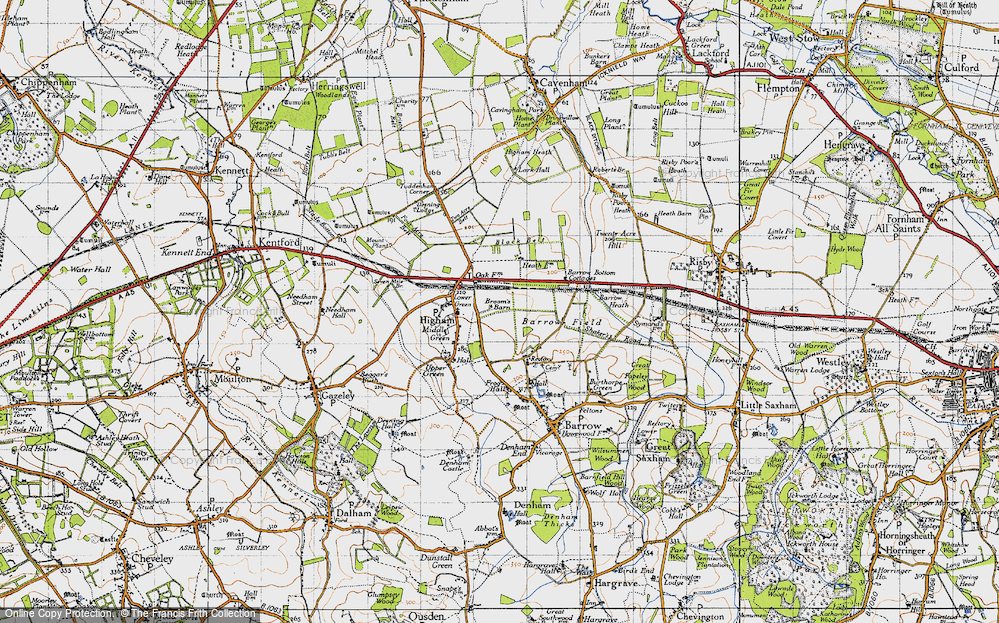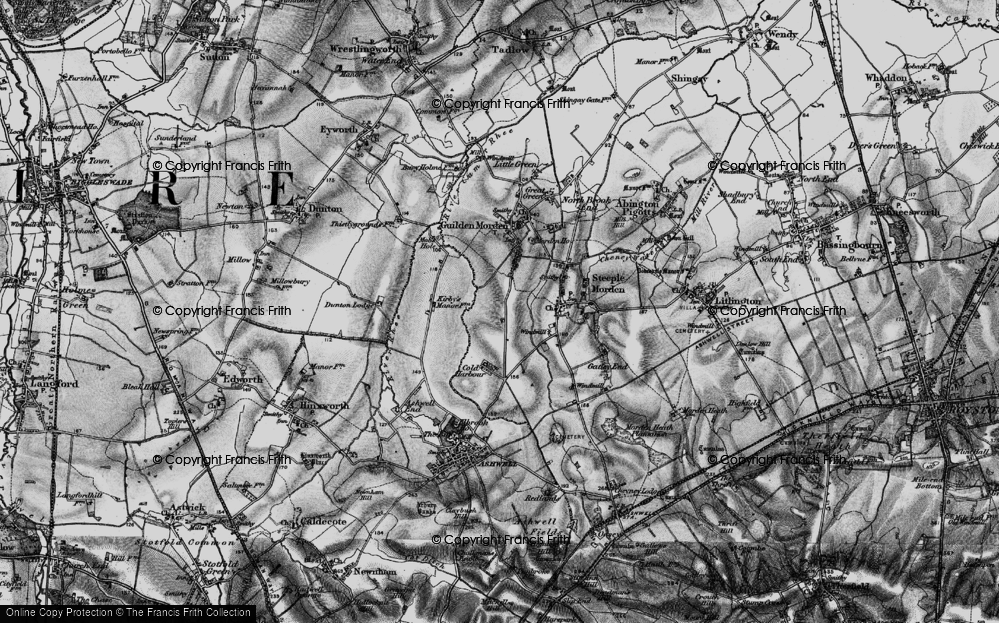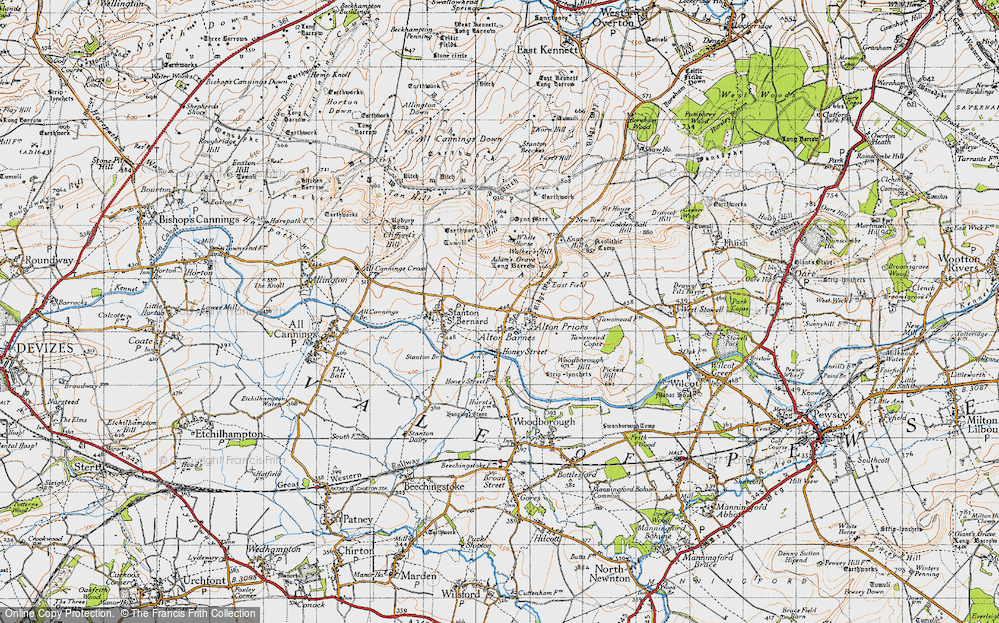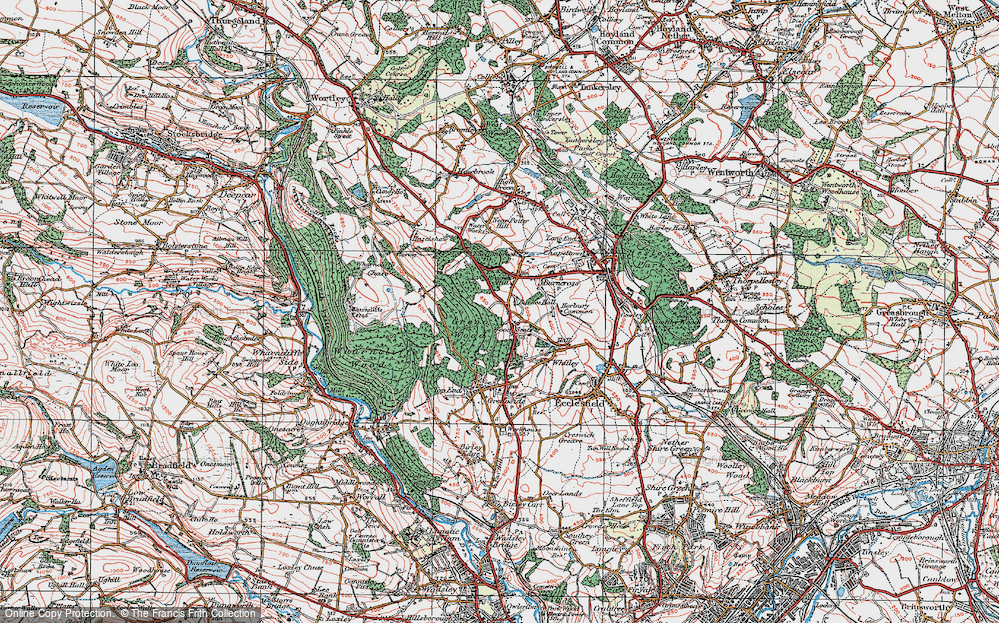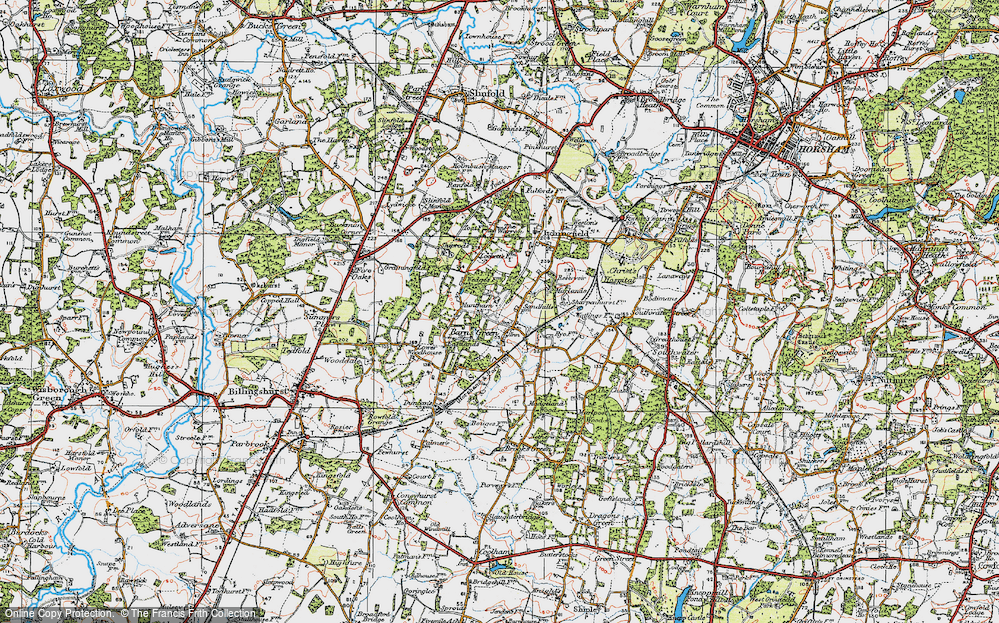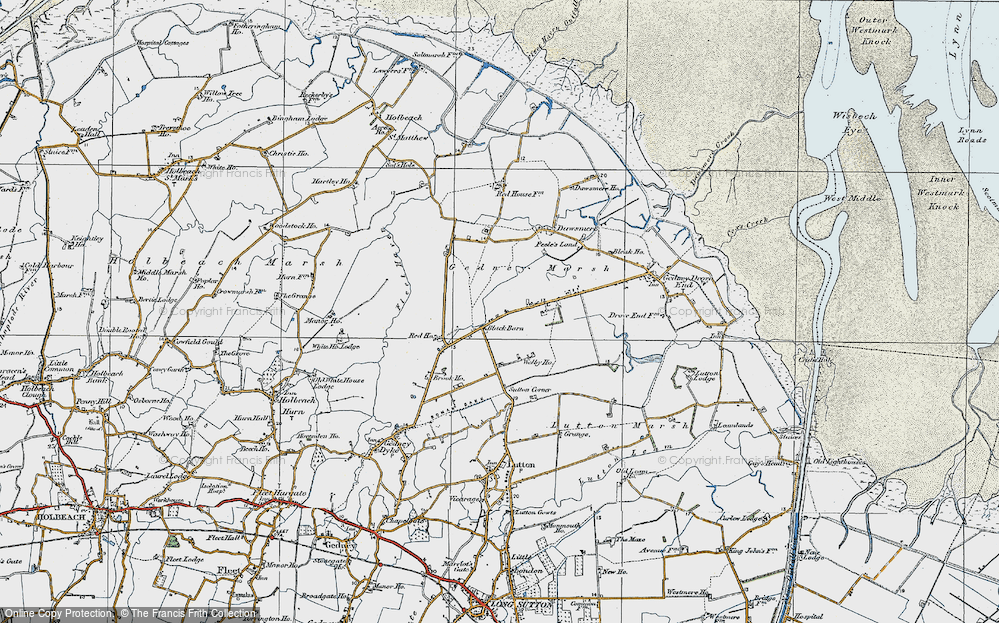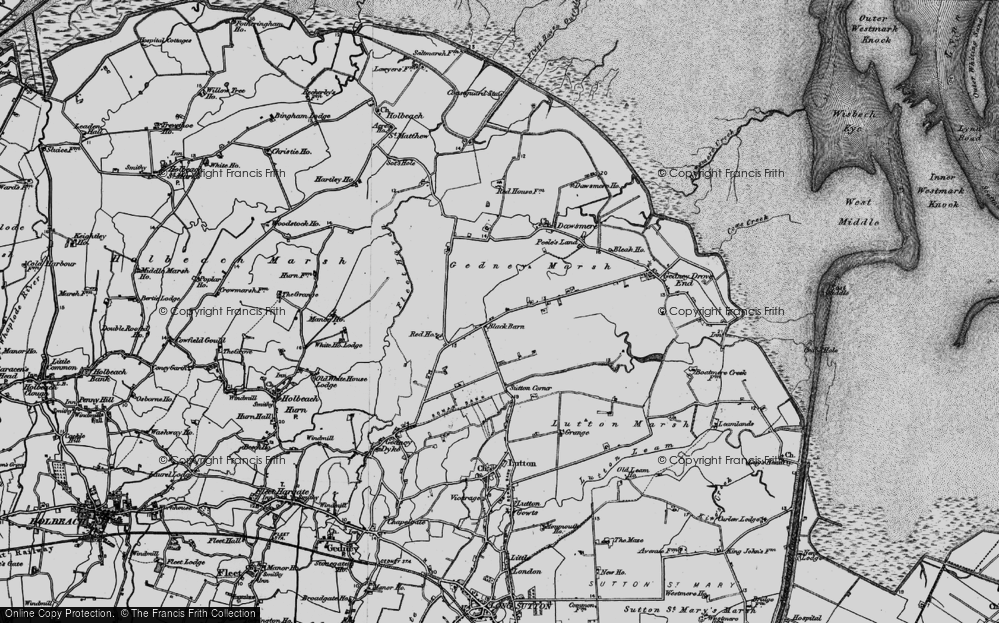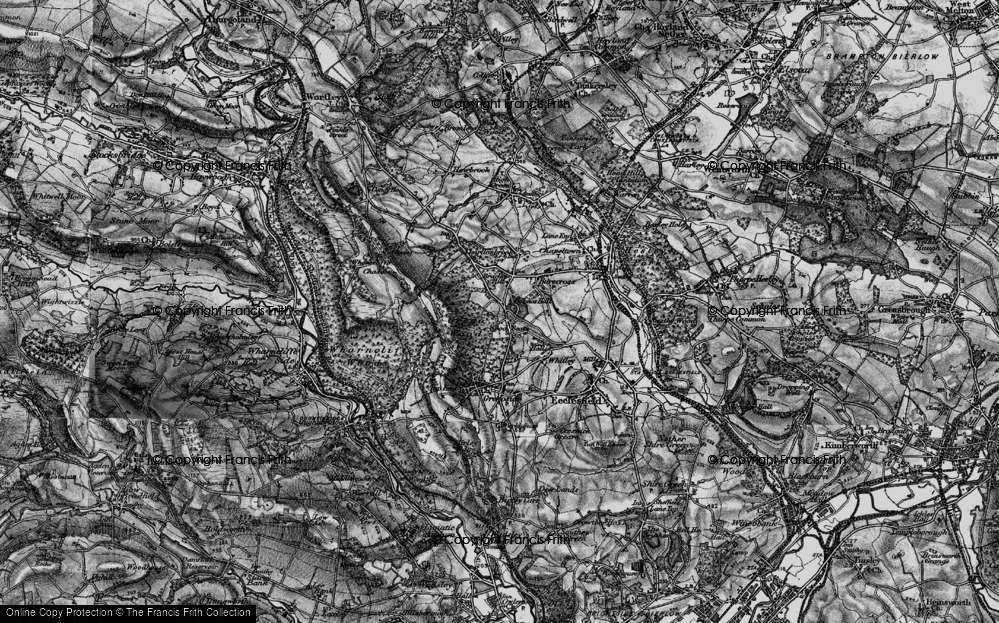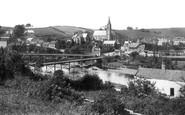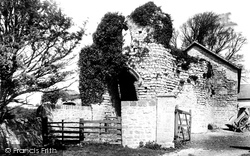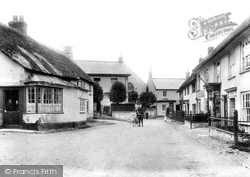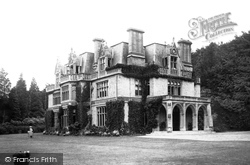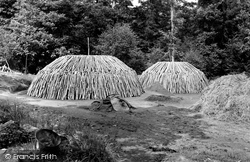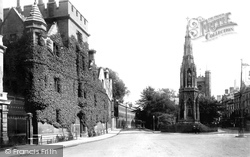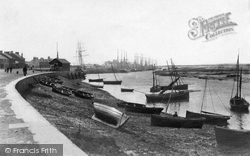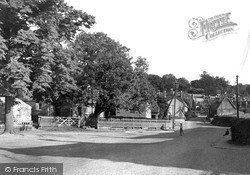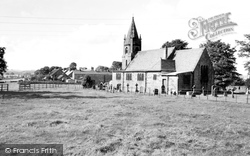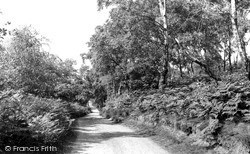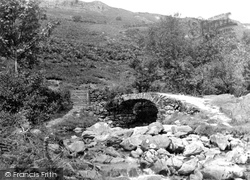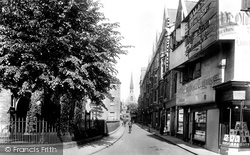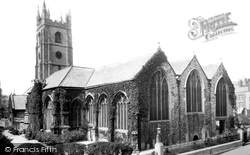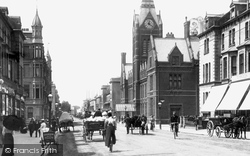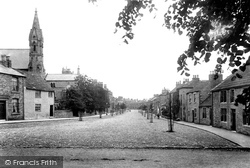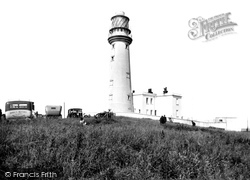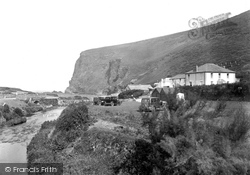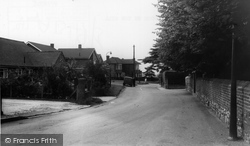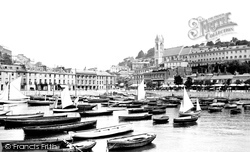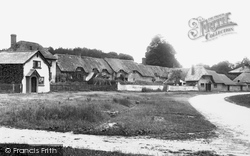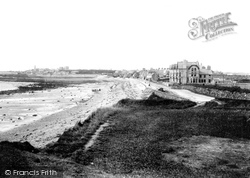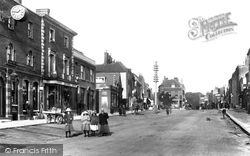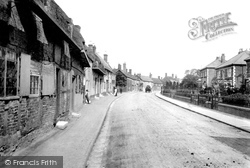Places
11 places found.
Those places high-lighted have photos. All locations may have maps, books and memories.
- Seaton Burn, Tyne and Wear (near Ponteland)
- Burn's Green, Hertfordshire
- Burn, Yorkshire
- Burn Bridge, Yorkshire
- Luggate Burn, Lothian
- Burn Naze, Lancashire
- Remony Burn, Tayside
- Barrow Burn, Northumberland (near Shillmoor)
- Blaydon Burn, Tyne and Wear
- Denton Burn, Tyne and Wear
- Burn of Cambus, Central Scotland
Photos
97 photos found. Showing results 41 to 60.
Maps
405 maps found.
Books
2 books found. Showing results 49 to 2.
Memories
768 memories found. Showing results 21 to 30.
Hard Times And Making Ends Meet
When I was a child, my parents got divorced before I reached the age of four, and I didn't meet my Father until several years later. Together with my Mother and my younger brother, we lived with my maternal ...Read more
A memory of Bolton Upon Dearne by
Studley Grange Road Old Friends
I often wonder about friends I knew in Studley Grange Road. Terence White at no 72. Peter Dawson whose mum and dad owned the shop and ran a mobile shop that used to serve Northolt. Christopher Barnes whose dad grew ...Read more
A memory of Hanwell by
Looking For 1987 Photos Of Caister Holiday Park — Kids Playground & Welcome Sign
Hi everyone! I’m hoping someone might have old photos from Caister Holiday Park in 1987, back when it was owned by Ladbroke. I went there with my mum and brother for my ...Read more
A memory of Caister-on-Sea by
Marian Barnes
Hello I am new here after googling Corringham Road, Stanford-le-hope. I was just wondering if anyone remembers my Mum, Marian Helen Barnes. She lived at 24 Corringham Road around 1954-1957. Unfortunately she has recently passed ...Read more
A memory of Stanford-le-Hope by
The Welling Mods: Long Gone But Never Forgotten
We were like one huge crazy family, not only from Welling, but also from the surrounding towns of Blackfen, Bexleyheath, Crayford, Dartford, Eltham, Plumstead and Woolwich - even as far as from the other ...Read more
A memory of Welling by
Featured Buildings.
The large building on the left edge of the photograph is Ruswarp Mill. A mill has been here since Saxon times and the first written record of this mill appears in the Domesday book. The name Ruswarp may have originated from the mill. ...Read more
A memory of Ruswarp by
An Old Mans Memories
I was born in 1922 in the village of Mundford. My Father was the village policeman. The village was then a self-contained society and provided all the necessities of life, including a doctor, blacksmith, carpenter and general ...Read more
A memory of Mundford in 1920 by
Portsmouth Guildhall
Visiting the website I discovered a photograph of Portsmouth Guildhall which brought back sad memories. On 10th January 1941 the city was heavily bombed by the Luftwaffe including incendiaries on the Guildhall. On the morning ...Read more
A memory of Portsmouth in 1941 by
Newmarket
I spent most of my childhood in Newmarket, playing in the wood and on Bunting Hill shown in the photo with the old Quarry. Every year the hill would be set fire, the fire being lit at the top to burn slowly down, this was to encourage new ...Read more
A memory of Nailsworth
Horrible Place
We were there from 69 - 72. I say we. Me & my four sisters, Denise, Pauline, Joan, Isable & me June HASTIE. Anderson & Dunlop were vile. Scrubbing the floors until they were gleeming. We used to do that when we got home from ...Read more
A memory of Hampstead by
Captions
276 captions found. Showing results 49 to 72.
Most of the stone was used for building, and as a convenient source of limestone for burning and spreading on the fields of Castle Farm as fertiliser.
The men standing at the door on the left are customers of the Lion Inn, which burned down on 8 November 1908 and was never rebuilt. The Congregational Chapel in the background was built in 1831.
After Tennyson's death in 1892 Burne Jones designed a window in Haslemere's St Bartholomew's Church as a memorial to the poet.
For many years ancient forest crafts were practised, including the making of charcoal from green sticks, which were burned slowly under controlled conditions in great heaps.Two are shown here ready
To the right of Balliol College is the famous Martyrs' Memorial, commemorating the 16th-century Protestant martyrs Latimer, Ridley and Cranmer, who were burned at the stake in nearby Broad Street.
The novelist John Galt was born in the town in 1779, but Irvine is more famous as the place where Robert Burns eked out a living as a flax-dresser between 1781 and 1783.
Further up the road is the Victorian parish church, which replaced one of 1791 which itself replaced the medieval one, apparently burned down in the Civil War.
The small village of Burnt Yates in Nidderdale is graced by this neat little Victorian sandstone church.
In 1698 the traveller Celia Fiennes noted that there was a considerable industry of cutting and burning the bracken on Cannock Chase.
It has no direct Scandinavian connection, other than the fact that the name comes from the Norse 'svithinn', which means 'land cleared by burning'.
The Victorian chapel was designed by Sir Gilbert Scott, and includes various tapestries by Burne-Jones and William Morris. Note Ye Olde North Gate Teahouse on the corner.
The church was burned down in the blitz, but restoration started in 1949 and the church was finally reconsecrated in 1957.
This bustling view of Church Road with its bicycles and horse-drawn vehicles is dominated by the sadly- lamented old Town Hall, which burned down in 1966.
It has no direct Scandinavian connection, other than the fact that the name comes from the Norse 'svithinn' and means 'land cleared by burning'.
On the extreme right is the former gaol, outside which the Protestant martyr Richard Snell was burned at the stake in 1558.
After Tennyson's death in 1892, Burne Jones designed a window in Haslemere's St Bartholomew's church as a memorial to the poet.
Originally oil burning, it was modified to electricity in 1940, about the time that this photo was taken. It was modified further in 1974.
Local lore says that they are a good luck charm, and that having a piece in your house will prevent it burning down.
Secondly, a local farmer called Thomas Higbed was burned at the stake in 1555, on a charge of heresy. He died in his own village, probably in a field opposite the school.
Its west window was designed by the pre-Raphaelite artist Edward Burne-Jones.
During the 1830s this pretty village was the scene of a major uprising among farm labourers, with angry mobs burning hayricks and destroying machinery.
If coal was burned in these houses, it had to be imported from the mainland.
The Constitutional Club (far left) burned down in February 1910. The blaze also damaged Archer's ironmongers' shop next door (with a kettle for its trade-sign).
The notorious Judge Jeffries condemned her to be burned at the stake, but this sentence was commuted to beheading. She is buried in the nearby churchyard at Ellingham.
Places (11)
Photos (97)
Memories (768)
Books (2)
Maps (405)




